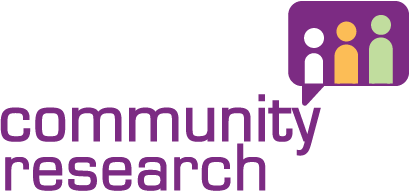Look before you leap – preliminary analysis to inform research design
Sitting at the edge (Credit: Jordan McQueen; Unsplash)
In Autumn 2022, Thames Water approached us with an ambitious plan for some ‘deep-dive’ research into the lives of its more vulnerable customers. They were persuaded by our insistence on building in time for preliminary analysis before agreeing a sample or finalising the research questions. Our aim was to interrogate what ‘vulnerable’ means in this context; to understand who is ‘vulnerable’ (and how); and to avoid broad-brush recruitment and generalised assumptions.
Our approach borrowed from the equality analysis (or equality impact assessment) approach public sector organisations use to meet their Equality Act obligations. The questions that guided our analysis were:
What is the profile of Thames Water’s customer base by vulnerability ‘risk factors’?
Of these, who might be more susceptible to detriment and disadvantage in their dealings with their water company?
What kind of detriments might they face?
For answers, we scoured a wide range of evidence, including customer data analysis; 2021 Census data for Thames Water’s catchment area (looking at age, ethnicity, migration, disability and deprivation); other research and analysis of ONS data (e.g. worklessness by ethnicity); research from Thames Water and other water companies; and wider policy research on digital exclusion, mental health, and debt. Throughout this analysis, we were looking out for crossover of vulnerability ‘risk factors’ to better understand how they intersect to exacerbate or reduce vulnerability.
We presented the findings of this desk research to Thames Water and their Customer Challenge Group in a ‘Stop & Think’ workshop. This approach meant we could have informed discussion about the research design: who we speak with, how we reach them, and what we talk about with them.
As a result of the preliminary analysis and these discussions, we made some material changes to the original research intentions:
We expanded the number of participants from minority ethnic backgrounds – only 19 of the 75 participants came from White British backgrounds (originally we thought 30-40 participants would be White British)
We had a clear sense of which communities to focus on (e.g. Somali, Ghanaian, Eritrean, Nigerian, Bangladeshi, Pakistani; recent migrants), which meant we could target recruitment where there was more likely to be particular vulnerability
We expanded the research questions to understand the context of people’s lives, including their relationship with water; how they manage households and finances; and approach to dealing with problems, all of which are affected by culture and migration experience
Thames Water have published the full vulnerability ‘deep dive’ report and you’ll find the preliminary analysis in the appendices. If you’re interested in this approach, we’d be delighted to discuss it with you – please drop us a line!
Click here for more on our thinking on vulnerability and for a case study of our research into vulnerability in legal services.

